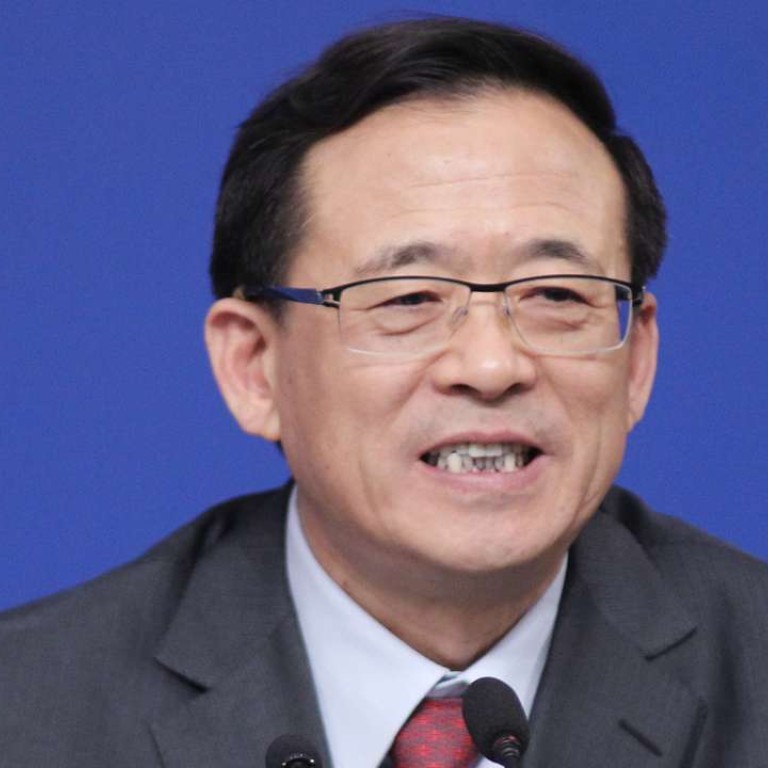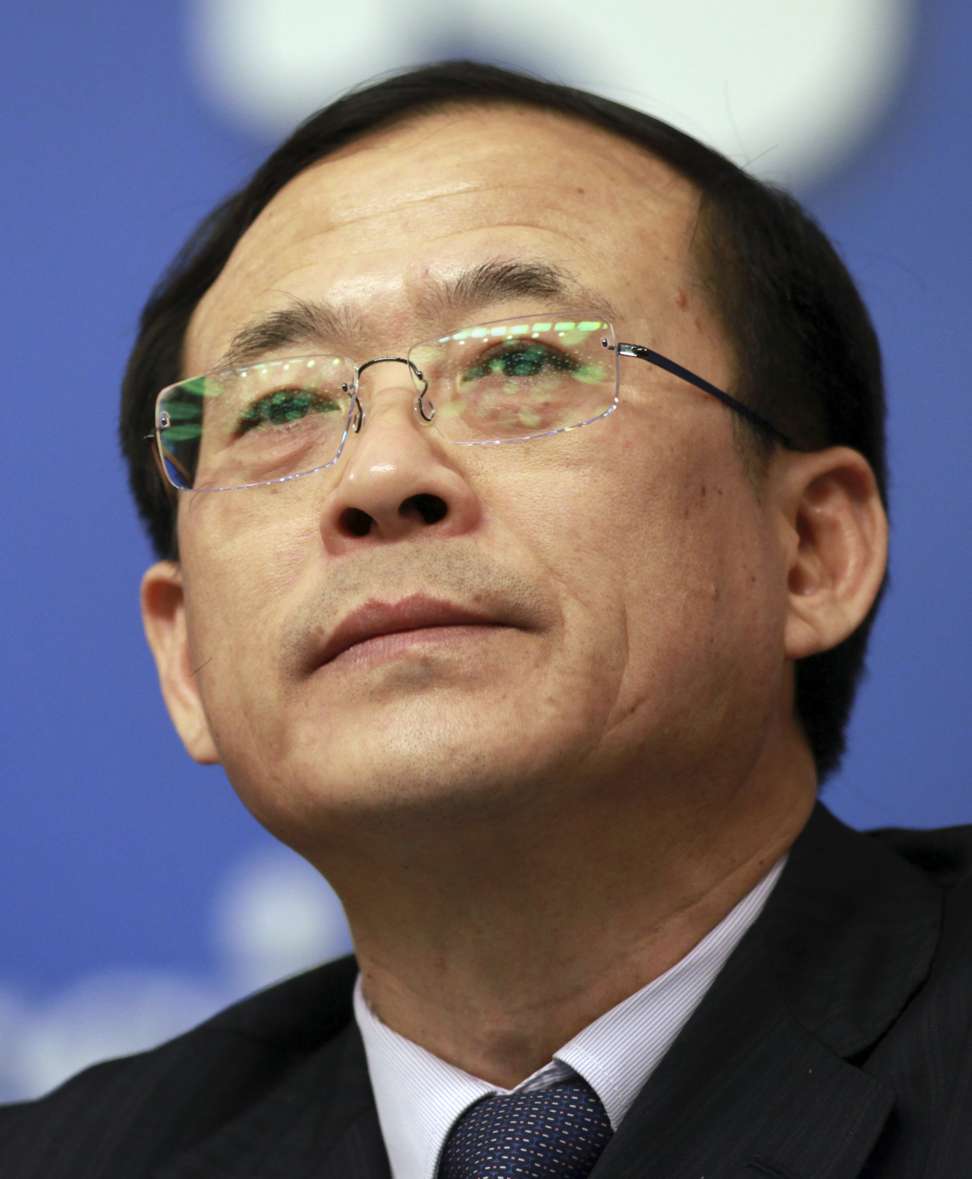
CSRC’s reform plans in the offing, now market’s stabilised
Securities regulator’s chairman Liu Shiyu preparing to give the all clear
The decision last week to relax the mainland securities regulator’s rules on stock index futures trading effectively signalled the official end to the massive rescue efforts made since 2015, when a stock market crash wiped US$5 trillion off the value of shares, and sparked a deep crisis of confidence.
But a lot of uncertainty still revolves around the mainland’s securities sector, as Liu Shiyu, chairman of China Securities Regulatory Commission (CSRC), is yet to shed any further light on how he plans to steer the equity market in the right direction.
Companies, brokerages, asset managers, and retail investors, for instance, are still left wondering when long-delayed reforms such as easing the initial public offering (IPO) system and tightening delisting regulations will be implemented.
Those investors, still stuck with huge paper losses in some cases, are pinning their hopes on early action by the regulator.
On February 15, the China Financial Futures Exchange (CFFE) announced it would double the daily cap to 20 contracts while lowering margin requirements and trading fees.
The move represented a significant step towards eliminating a series of strict rules imposed on equity and derivative trading in the summer stock rout of 2015.
Relaxing trading of index futures is a message that the regulators are no longer focusing on stabilising the market. But further market reforms will be no easy job
The CSRC had been allowing trading of only a maximum 10 contracts a day for each trading account, compared with the previous 600, before 2015, blaming excessive trading of the derivative for exacerbating the market meltdown.
The CSRC also suspended IPO approvals and injected more than 1.5 trillion yuan of stabilising funds into the stock exchanges to put a solid floor under the plummeting stocks.
Since August 26, 2015, when the Shanghai Composite Index hit its rock bottom of 2,927.29, the benchmark has advanced 11 per cent, ending at 3,251.38 on Thursday.
The regulator is now set to gradually increase the cap set on daily trading of the equity-based derivative in the coming months, according to officials with the CFFE.
“Relaxing trading of index futures is a message that the regulators are no longer focusing on stabilising the market,” said Haitong Securities analyst Zhang Qi. “But further market reforms will be no easy job.”
The former chairman of Agricultural Bank of China, Liu Shiyu became the top CSRC regulator a year ago, tasked initially with simply bolstering investor confidence.
After taking the helm, he cancelled plans to set up a board for emerging industries and delayed IPO reforms aimed at facilitating company fundraising.
The decisions reflected his determination to curb the flooding of fresh equity into the market that could drain liquidity out of existing holdings.
He also reiterated the CSRC would have zero tolerance on market irregularities such as the “financial crocodiles” – corporate raiders that “sucked the lifeblood of the investing public”.
Nonetheless, all eyes will be on how he pushes ahead with the planned reforms enshrined by the principle of giving market forces a bigger role in pricing listed shares and deciding the worth of IPO applicants.
The CSRC was heavily criticised about its capricious policymaking in 2015 when it stalled reforms while heavily intervening in a bearish market.

Before the market rout, Beijing had actively encouraged fundraising on the stock market as part of efforts to deleverage an economy facing risks of increasing bad loans.
Its planned so-called registration-based IPO system under which the CSRC would relinquish its responsibilities for assessing listing applicants’ earnings potential, was aimed at easing new share sales by cash-hungry businesses.
The CSRC fast-tracked IPO approvals in the second half of 2016 after it reopened the primary market at the end of 2015.
Relaxing trading of index futures is a message that the regulators are no longer focusing on stabilising the marketBut further market reforms will be no easy job
It is highly expected that more than 300 companies will likely be given the green light to float new shares on the Shanghai and Shenzhen stock exchanges this year.
But as yet, Liu has offered no clear-cut statement about his plans to implement the much-talked about registration-based mechanism.
The mainland’s delisting system has long been criticised for being too lenient to those underachievers most of which used one-off gains to avoid being expelled from the exchanges.
Global investors will also be listening attentively to the regulator’s plans on opening up the mainland’s capital market. And a stock connect scheme linking Shanghai and London stock exchanges is still in the works, with no timeframe unveiled.
The A-share market has failed to be included in index compiler MSCI’s emerging market benchmarks since 2013, a sign that the equity trading system and rules haven’t been developed on a par with international practises.
“The regulator is, by whatever means, required to deepen its market-based reform to reinforce the economic growth and China’s internationalisation drive,” said Zhou Ling, a hedge fund manager at Shanghai Shiva Investment. “Reforms can positively move the market.”
The market is expecting chairman Liu to give the all-clear for the CSRC’s reform plans at a press conference in the coming days.

